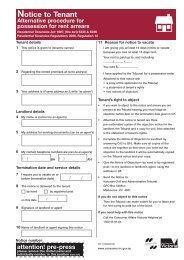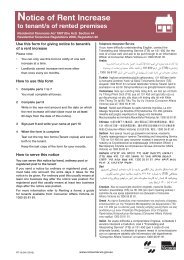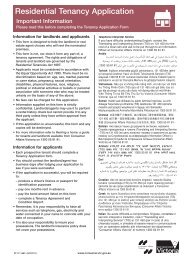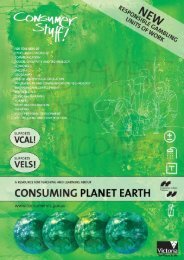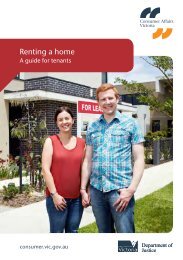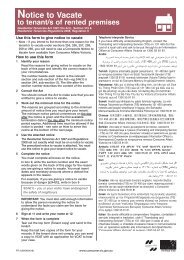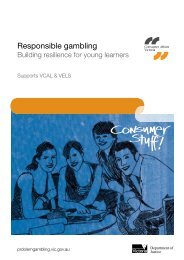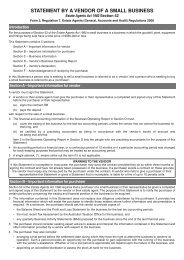Consumer Stuff for kids (PDF, 6.2 MB) - Consumer Affairs Victoria
Consumer Stuff for kids (PDF, 6.2 MB) - Consumer Affairs Victoria
Consumer Stuff for kids (PDF, 6.2 MB) - Consumer Affairs Victoria
You also want an ePaper? Increase the reach of your titles
YUMPU automatically turns print PDFs into web optimized ePapers that Google loves.
Conclusion<br />
Ask the students to reflect upon and discuss:<br />
“How does my consumption of goods and services impact on the environment?”<br />
Ask students to consider two personal actions they can undertake at home or at school which will reduce<br />
the impact of their consumption on the environment.<br />
After the whole class discussion, students individually prepare answers to the questions<br />
Students can complete a reflection strip statement. For example:<br />
Next time I am shopping I will ......<br />
Going Further/Early Finisher Tasks<br />
Contact the Local Council/Shire<br />
Contact the local shire/council by letter, phone or email and ask where the local landfill and recycling facilities<br />
are located. Find out if there are plans to expand the recycling facilities.<br />
5 Whys<br />
The 5 Whys strategy is an effective way to analyse important consumer issues.<br />
For example:<br />
Why are consumers creating too much waste?<br />
“Because consumers buy lots of stuff (goods and services).” Why?<br />
“Because consumers feel good when they buy the newest goods and services.” Why?<br />
“Because consumers think it is cool when someone has the newest stuff.” Why?<br />
“Because ads make the newest models look really cool.” Why?<br />
“Because shopkeepers and companies need to make a profit so they try to make really cool ads<br />
so consumers buy their goods and services.”<br />
Students decide upon an environmental issue that affects them.<br />
Ask students to apply the 5 Whys strategy to analyse that issue.<br />
Trash and Treasure<br />
•<br />
•<br />
Organise a market day <strong>for</strong> the school where students and teachers can sell or exchange unwanted<br />
DVDs, CDs, books etc. Money raised could go to a charity or environmental organisation.<br />
Make items from recycled materials. Students collect discarded items from home and create a ‘tip’<br />
in the classroom. Working in groups, students select a number of items and create new products.<br />
For example wall hangings made out of wire to hold photos, postcards or messages.<br />
•<br />
Organise a class party with a very limited budget. For example students could design e-card invitations<br />
to save paper, create decorations from recycled paper and make the party food themselves.<br />
Random Letter Collage<br />
Each letter from the alphabet is displayed around the classroom. Students apply the random letter technique<br />
to come up with ways to reduce waste going to landfill. For example:<br />
A B C<br />
Always choose goods with<br />
less packaging.<br />
Borrowing things saves<br />
buying and reduces landfill.<br />
Compost reduces landfill and<br />
is great <strong>for</strong> gardens.<br />
CONSUMER AFFAIRS VICTORIA NEED CONSUMER HELP? 1300 55 81 81 www.consumer.vic.gov.au<br />
69



